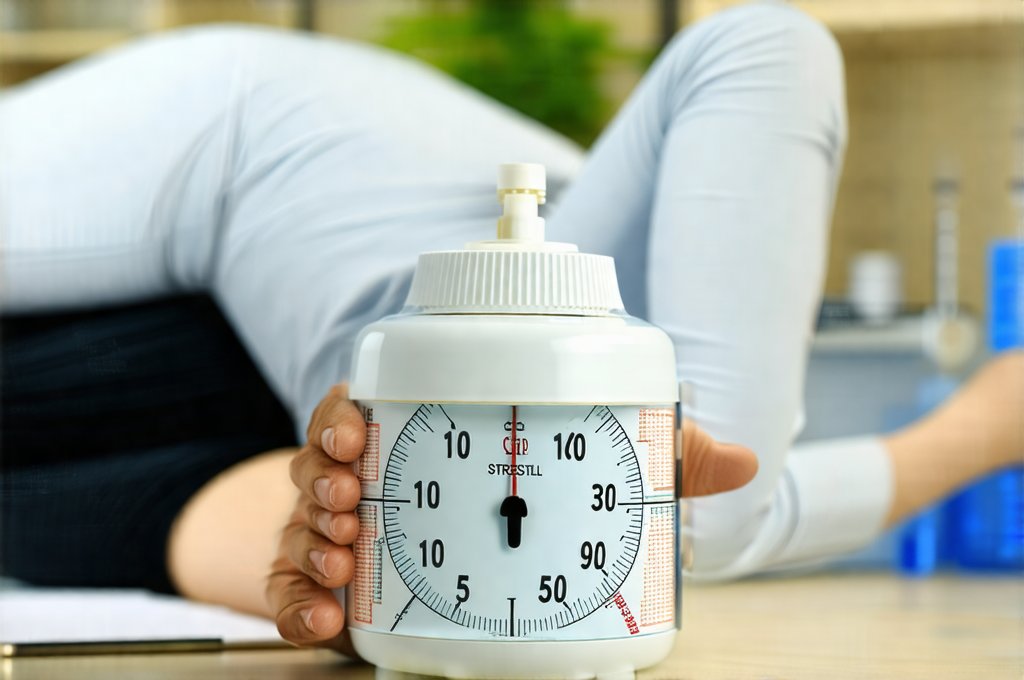Stress is an unavoidable part of modern life, and its impact extends far beyond our mental wellbeing. Often overlooked is how stress manifests physically, particularly in the urinary system. A stressed workday can lead to a heightened awareness – even obsession – with bladder function, triggering frequent urges to urinate, discomfort, and anxiety about finding a restroom. This isn’t simply “being nervous;” it’s a complex interplay between your brain, nerves, and bladder muscles amplified by psychological stress. Understanding this connection is the first step towards regaining control and navigating your workday with greater comfort and confidence.
Many people experience what feels like a “sensitive bladder” during periods of high stress. This isn’t necessarily an indication of a medical problem; instead, it’s often a temporary exacerbation of normal bladder function. When we are stressed, our bodies enter ‘fight or flight’ mode, releasing hormones like cortisol and adrenaline. These hormones can increase the sensitivity of the bladder, leading to more frequent contractions and a stronger urge to urinate, even when the bladder isn’t full. The fear of needing to go, ironically, often makes the problem worse, creating a vicious cycle of anxiety and urgency. This article will explore practical strategies to calm your bladder during a stressful workday, focusing on techniques you can implement immediately to manage symptoms and regain a sense of control. If you are concerned about persistent issues, it may be helpful to understand how to tell if your bladder is fully emptying.
Understanding the Stress-Bladder Connection
The link between stress and bladder function is deeply rooted in our nervous system. The autonomic nervous system (ANS) controls involuntary bodily functions like heart rate, digestion, and – crucially – bladder control. This system has two branches: the sympathetic nervous system, responsible for the ‘fight or flight’ response, and the parasympathetic nervous system, which governs ‘rest and digest’ functions. During stress, the sympathetic nervous system takes over, increasing alertness and preparing the body for action. This heightened state can cause the bladder muscles to contract more frequently, leading to those urgent sensations.
Furthermore, stress often leads to muscle tension throughout the body, including the pelvic floor muscles which play a vital role in bladder control. When these muscles are tense, they can put pressure on the bladder, contributing to urgency and frequency. It’s important to recognize that this isn’t about stopping urges entirely; it’s about learning to manage them effectively and break the cycle of anxiety. The good news is that by addressing both the physical and psychological aspects of stress, you can significantly improve your bladder control and reduce discomfort during a busy workday. It’s also important to know how to care for your bladder after any flare ups.
It’s also important to differentiate between stress-induced urgency and underlying medical conditions. If frequent urination or urgency persists even when you’re not stressed, or if you experience pain, blood in urine, or other concerning symptoms, it’s crucial to consult a healthcare professional to rule out any underlying issues like urinary tract infection, overactive bladder syndrome, or interstitial cystitis. This article focuses on managing the temporary exacerbation of bladder function due to stress and isn’t intended as a substitute for medical advice.
Simple Techniques for Immediate Relief
When you feel that urgent need to urinate creeping up during a stressful moment, here are some immediate steps you can take:
- The Stop-Start Technique: This involves consciously stopping the flow of urine midstream (while urinating) and then restarting it several times. Do not make this a habit, as it’s primarily for acute situations to temporarily distract your brain and lessen the urge.
- Pelvic Floor Muscle Contractions (Kegels): Gently squeeze and release the muscles you use to stop the flow of urine. These exercises can help strengthen pelvic floor muscles, improving bladder control over time. Again, don’t do these while urinating; practice them separately throughout the day.
- Deep Breathing Exercises: Slow, deep breaths activate the parasympathetic nervous system, counteracting the ‘fight or flight’ response and calming your body. Breathe in deeply through your nose, hold for a few seconds, and exhale slowly through your mouth. Repeat several times until you feel more relaxed.
These techniques are designed to provide immediate relief but aren’t long-term solutions. They should be combined with proactive strategies to manage stress levels throughout the day. Regular practice of these simple steps can empower you to take control when urgency strikes, reducing anxiety and minimizing disruption to your workday. If a sudden attack occurs, understanding how to stay calm during an emergency may be useful.
Proactive Strategies for a Calmer Bladder
Beyond immediate techniques, adopting proactive strategies is essential for long-term bladder management during stressful times. This involves addressing both physical habits and psychological factors.
- Hydration Management: While it seems counterintuitive, restricting fluids isn’t the answer. Dehydration can actually irritate the bladder. Instead, aim for consistent hydration throughout the day, avoiding large amounts of fluid at once. Spread your intake evenly and avoid excessive caffeine or alcohol which are known bladder irritants.
- Mindfulness & Meditation: Incorporating mindfulness practices into your routine can help you become more aware of your body’s signals and manage stress levels. Even a few minutes of daily meditation or deep breathing exercises can make a significant difference. Apps like Headspace or Calm offer guided meditations that are easy to incorporate into your day.
- Regular Movement: Physical activity is a fantastic stress reliever. Exercise releases endorphins, which have mood-boosting effects and can help reduce tension in the pelvic floor muscles. A short walk during your lunch break or a quick stretch at your desk can be incredibly beneficial.
Building Resilience for Long-Term Wellbeing
Stress isn’t something we can eliminate entirely, but we can build resilience to cope with it more effectively. This involves cultivating healthy habits and prioritizing self-care.
- Prioritize Time Management: Feeling overwhelmed by work is a major stressor. Breaking down large tasks into smaller, manageable steps and creating a realistic schedule can reduce anxiety and increase productivity.
- Set Boundaries: Learning to say “no” to additional commitments when you’re already feeling overloaded is essential for protecting your time and energy. Don’t be afraid to delegate tasks or ask for help if needed.
- Seek Support: Talking to a friend, family member, therapist, or counselor can provide valuable emotional support and perspective. Sharing your feelings can help reduce stress and prevent it from spiraling out of control. Remember that seeking help is a sign of strength, not weakness. If you find yourself in social situations causing anxiety, learning how to calm the bladder can be helpful.
Ultimately, calming your bladder during a stressful workday requires a holistic approach that addresses both the physical and psychological aspects of stress. By understanding the connection between your mind and body, implementing simple techniques for immediate relief, and proactively building resilience through healthy habits, you can regain control, reduce discomfort, and navigate your day with greater confidence and peace of mind.





















